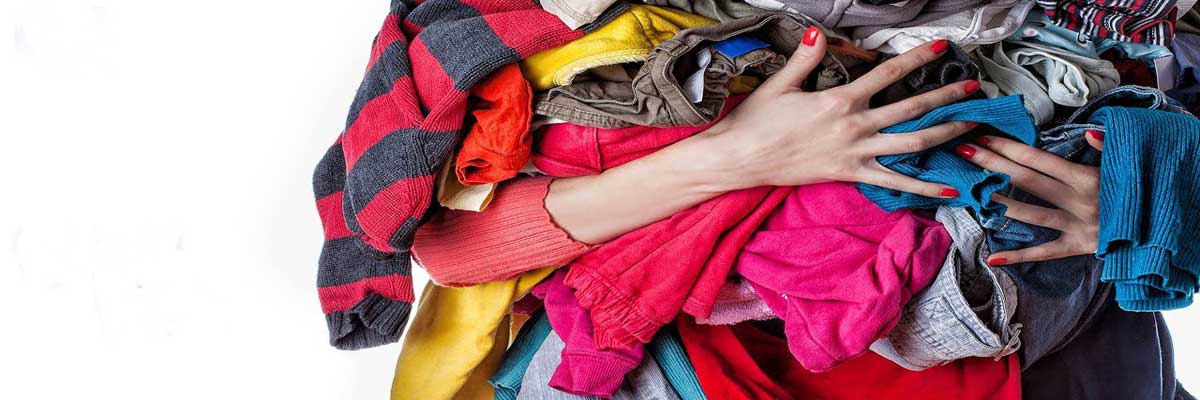Reflections at The End of The (Stainless Steel) Gilded Age
Since the nation has entered the recession to end all recessions, it’s time to do a little self-reflection on what we’ve been spending our money on over the past decade… Joel Stein of the L.A. Times has come out with his list of the “relics of the good old days“. I heard about this on a radio program (I won’t say which one) and had to look it up. Some of the best and snarkiest commentary on our society…
In the clear recessionary morning, all that stuff we’ve been binge buying suddenly looks gaudy and ridiculous. It’s been a 25-year blur of fluorescent Frankie Sez shirts, logo handbags, Hummers and ring tones. We need to have one giant national garage sale and invite the world.
If there are pictures of you with any of the things listed below on Facebook, immediately remove them. Replace them with one of those stately, unsmiling group portraits our grandparents and great-grandparents took that made us feel like we came from important stock. You don’t want your descendants to lose all hope when they realize that Great-Grandpa Jaden was flashing fake gang signs at Treasure Island while downing a Grey Goose and Red Bull before his “American Idol” audition.
Tasting menus: The idea that an appetizer, entree and dessert wasn’t enough — that you had to taste everything — was a pretty clear sign we were on our way toward being a fat, indebted nation. If Morgan Spurlock had tried to follow up “Super Size Me” with a movie in which he had to go 30 days eating only tasting menus — and accept the wine pairings if they were offered — he would have died by Week 2. I went with four people to Per Se in New York, and two of them barfed as soon as we got home. To be fair, it was the most delicious barf they’d ever had.
Read More
The Roots Of Freeganism Part I: Food Waste
Freeganism, the philosophy of non-participation in the capitalist economy through minimization of what one buys, has been getting heaps of press lately, with outlets as high-rolling as the New York Times and the Washington Post running pieces on the subject. But while much recent media coverage focuses on what it’s like to live as a freegan, I’m interested in the forces that freegans are reacting to, and the realities that allow them to sustain their lifestyles. In this four part series, I’ll be examining these questions by looking at food waste, disposable culture, modern work, and the state of community in America.
One night in late November, in the courtyard of a community center in Bushwick, Brooklyn, a bread mountain was constructed. It measured about four feet tall and 10 feet in diameter, the product of a few nights of dumpster diving throughout New York City. Hundreds of rolls, pumpernickel loaves and baguettes lay stacked in various states of edibility, but like so much wasted food in New York City, they would never make it to the people that needed them most.
Slow Clothing
In conversations about social justice, energy, and our environment clothing doesn’t get a lot of attention. This is in part because individually, clothing items don’t carry that big an embodied energy cost. Another reason is that shirts aren’t as spectacular as cars, or houses or even dinner. It is also kind of a girl thing – although male clothing is just as expensive, men, on average, shop less often and buy less when they do. Women tend to buy the household’s clothing as well as their own, and to engage in recreational clothing shopping. Clothing the household has been women’s work from time immemorial. And because the clothes we wear are tied intimately into how we feel about ourselves, and how others view us, clothing as a subject is somewhat fraught.
And yet, I think there are a number of really good reasons to find and learn ways to make clothing, to prioritize homemade, or locally made clothing (including learning to find it beautiful), and perhaps to create a “Slow Clothing” movement rather like the ”Slow Food” movement currently picking up speed. Maybe it’s as simple as creating a campaign in which each of us would have at least one daily wearable outfit that we’ve made ourselves.








